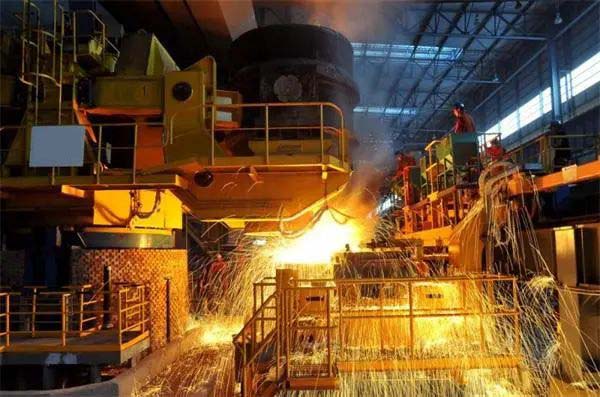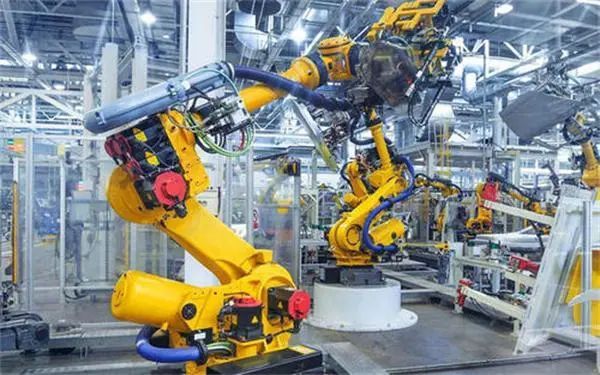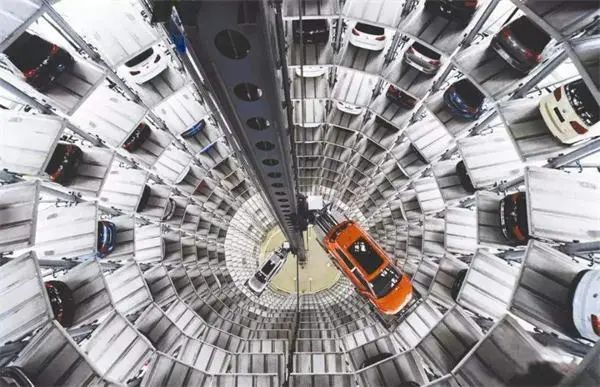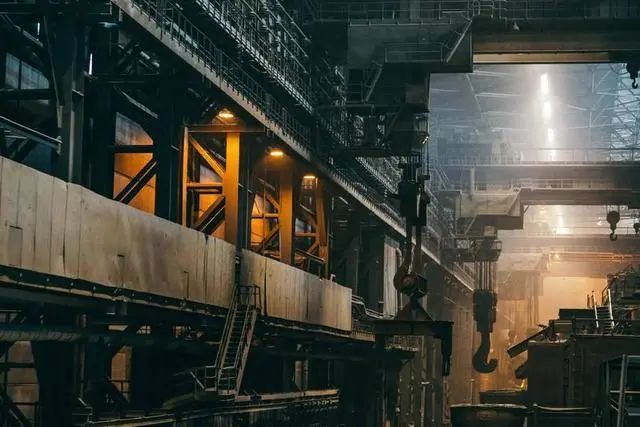China's manufacturing industry is no longer what it used to be, and China has grown from a weak manufacturing country in the past to a global manufacturing center, rewriting the global pattern with its own power. How good is Made in China? From 2010 to 2020, China's manufacturing industry has been ranked first in the world for 11 consecutive years, and even Japan can not help but lament the strength of Chinese manufacturing.
Made in China leads
Whether it is the scale of manufacturing, or the number of manufacturing categories, China ranks first in the world.

In 2020, the output value of China's manufacturing industry will be 26.6 trillion yuan, accounting for about 30% of the global total output value, and undoubtedly ranking first in the world. Even the total industrial output value of the four major manufacturing giants, the United States, Japan, Germany and South Korea, is not China's rival. At the same time, China is also the most complete number of industrial categories, is the world's only country with all industrial categories. In addition, the company ranked first in more than 220 industrial products in the world, which is undoubtedly an impressive achievement. Even the Japanese media can't help but admire the strength of Chinese-made products. After a survey of the global industrial chain, Nikkei Chinese found that in more than 70 categories in the world, China occupies the first place in the world in 13% of the categories. This is obviously inconsistent with the traditional understanding of the weak image of Chinese manufacturing, refreshing the understanding of Japan.
It is not difficult to see from the above data that Chinese manufacturing has long been different from the past and has achieved takeoff.
Made in China needs work
However, it should also be recognized that while China's manufacturing scale is large enough, it is not strong enough.
The Ministry of Industry and Information Technology clearly pointed out in the "2020 China Manufacturing Power Development Index Report" that China can only rank in the third echelon of the global manufacturing four-tier pattern, and it is not the opponent of the United States, Germany and Japan.
With the advantage of low production costs, made in China has achieved success in industries at the lower end of the value chain. But this also means that Chinese manufacturers can get little profit, and the industrial chain is very fragile.

In the key equipment, key materials, key parts, China is still subject to others, failed to master autonomy. According to a survey by the Ministry of Industry and Information Technology,In 2019, in more than 130 kinds of key basic materials, China is still 52% dependent on imports, and even 32% of key materials in China are still in a blank situation.
From this point of view, China's manufacturing industry still needs to be transformed and upgraded, build a reasonable industrial structure, improve independent innovation capacity, and improve basic supporting capacity.
It is not an easy task to conquer the key "jam neck" technology, and it will take at least 30 years for China to achieve the goal of manufacturing power.
The good news is that China's high-tech manufacturing industry is growing steadily. It is understood that by 2020, China's high-tech manufacturing industry will account for 15.1% of industrial added value above designated size, while the equipment manufacturing industry will account for 33.7%.
China is moving towards the goal of manufacturing power, the original high-end manufacturing pattern is loosening, and then it is only a matter of time.
Global manufacturing reshaping
Today, global supply chains are undergoing a reconfiguration.
The spread of the global "chip shortage" has changed countries' understanding of the global industrial division of labor, and many countries have realized the importance of national intervention in the supply chain. After all, supply chain stability is now inseparable from national economic security.
To this end, the United States, Japan, Europe and other countries have invested in giants to promote the development of their own chip industry. This has led to the rise of geo-manufacturing and the restructuring of global supply chains.

This will naturally have challenges for Chinese manufacturing, but it also brings new opportunities. What should Made in China do in this new trend?
First, we should establish a "new quality thinking".
The problems faced by China's manufacturing industry, such as slow production efficiency, poor product quality, and key material gaps, are largely due to quality problems.
Therefore, it is important to establish a "new quality thinking". In other words, manufacturers should not only do a good job of product quality, but also take into account the feelings of users, and do products that truly meet the needs of consumers.
Second, do a good job in digital transformation.
Nowadays, the whole world is setting off a trend of digital transformation, and China is naturally no exception. Once China's digital process lags behind, it is easy to produce a technological generation gap, then China's high-end manufacturing want to rise, the difficulty will undoubtedly increase.

Therefore, our country starts from the top, fills up the shortcomings of industrial software, and does a good job in digital transformation.
Third, do a good job in traditional manufacturing.
With the help of emerging industries and advanced manufacturing, Chinese manufacturing has gradually gained a place in the global manufacturing industry.
To achieve high-quality development in China, it is natural to leave the emerging industries. However, traditional manufacturing should not be ignored. After all, traditional manufacturing is the basis of advanced manufacturing, laid a good foundation, advanced manufacturing can also go further.
Fourth, face the phenomenon of low profits.
As mentioned above, China's manufacturing margins are low. We want to change this phenomenon, and we should also face up to it.

Achieving profit is the first step to success, and there is the possibility of breaking the original pattern of the world. And higher profits are something to plan for later.
Today, made in China has advantages and disadvantages. It is not easy for Made in China to rise, but it is not without opportunities.
English
Русский
العربية
Français
Español
Português
Deutsch
italiano
日本語
한국어
Nederlands
Tiếng Việt
ไทย
Polski
Türkçe
አማርኛ
Bahasa Melayu
தமிழ்
Filipino
Bahasa Indonesia
magyar
Română
Čeština
हिन्दी
فارسی
Kiswahili
Slovenčina
Slovenščina
Norsk
Svenska
українська
Ελληνικά
Suomi
עברית
Dansk
বাংলা
Hrvatski
Afrikaans
Gaeilge
Eesti keel
Māori
සිංහල
Azərbaycan dili
Euskara
Беларуская мова
Български
guarani
Kreyòl ayisyen
Kurdî
Lietuvių
Македонски
తెలుగు




















